Recessed lighting is beautiful but should it be symmetrical? It's important to figure out your layout ahead of time to save on costly do-overs. We've researched to find out what the best practices are when it comes to recessed lighting layout.
In order to create the most even general lighting in your room, space your recessed lighting in an aligned and equally spaced pattern. For smaller lights that provide task lighting or accent lighting, you may have slightly different configurations.
Let's talk more about each of these types of lighting and show examples of how these layouts look. We'll also explore how to align your recessed lights, how far they should be from each other, how many lights for a certain sized room, and if you can have too many recessed lights. So please, keep reading to learn more.

Does Recessed Lighting Need To Be Symmetrical?
First off, let's talk about what recessed lighting is. This type of lighting installs directly into your ceiling or another surface (for example under a cabinet). It has three parts: the housing, which is hidden beneath the light and behind the sheetrock or ceiling material, the trim, which is the part you see around the light, and the bulb, which can be incandescent or halogen and has different qualities of light. Recessed lighting can be zone controlled, is often dimmable, and is unobtrusive.

We may include affiliate links and curated AI content to highlight top design styles.
General Recessed Lighting And Symmetry
General lighting lights up an entire room. Most people use recessed lighting in place of light fixtures, though sometimes they use them in conjunction with a ceiling fan or some other type of centerpiece lighting. As a rule, general lighting means you'll want your cans spaced evenly. Think of your ceiling as a grid and align your lights evenly, kind of like a tic tac toe grid, depending upon the size of your room and the number of lights.
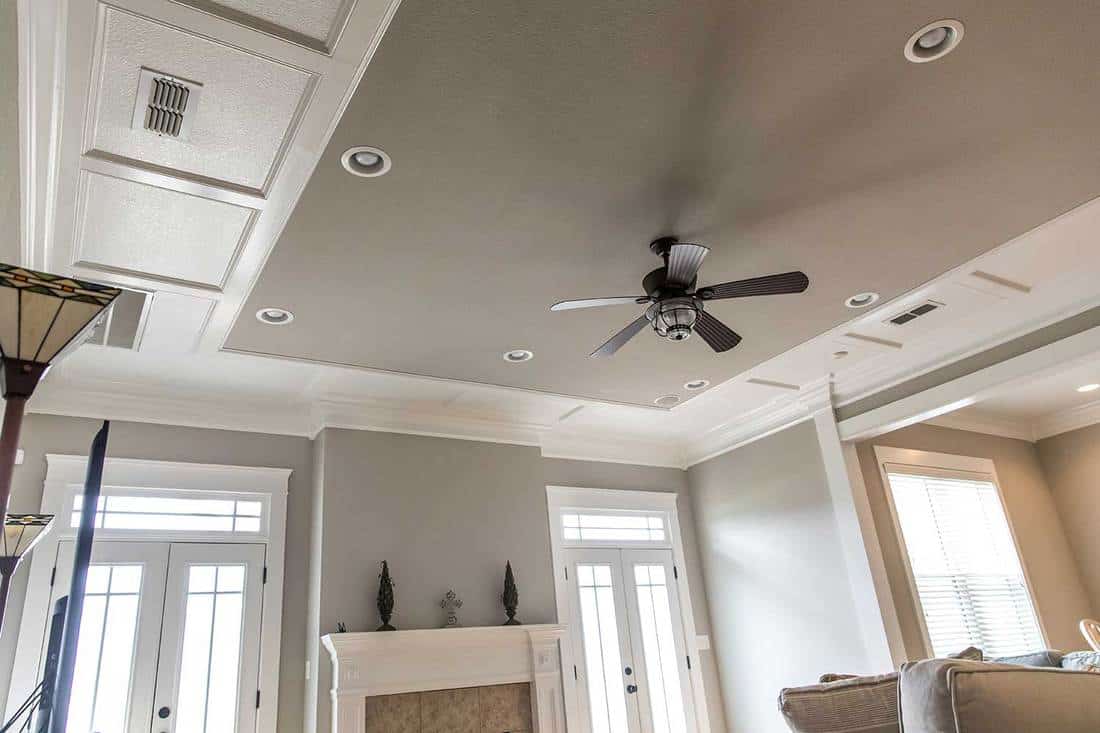
Here you can see how recessed lighting encircles the central ceiling fan. They are spaced evenly in a square pattern around the fan. This ensures that the room lights evenly and provides soothing overall illumination.
Task Lighting And Symmetry
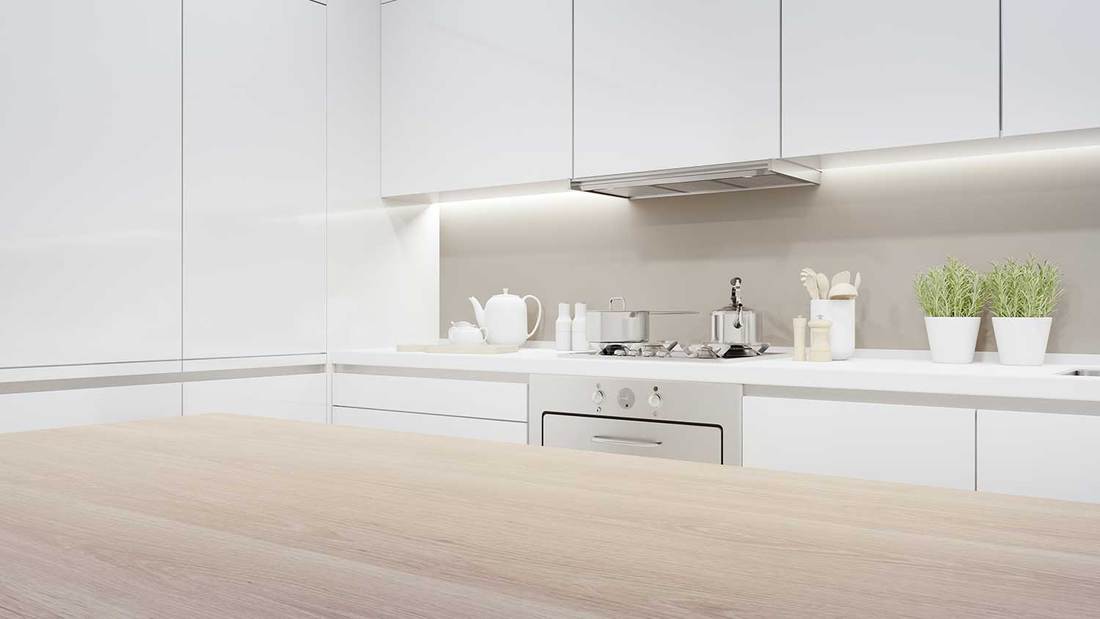
Task lighting illuminates something in particular, rather than general space. In this image, task lighting underneath the cabinets lights up the countertop surfaces. If you use recessed lighting as task lighting, the general rule for symmetry is if you have more than one light, they must be aligned evenly.
Small puck lights give you the choice of mounting recessed or surface. Their small size makes them perfect for specific tasks rather than general lighting.
Click here for these on Amazon.
Recessed Accent Lighting And Symmetry
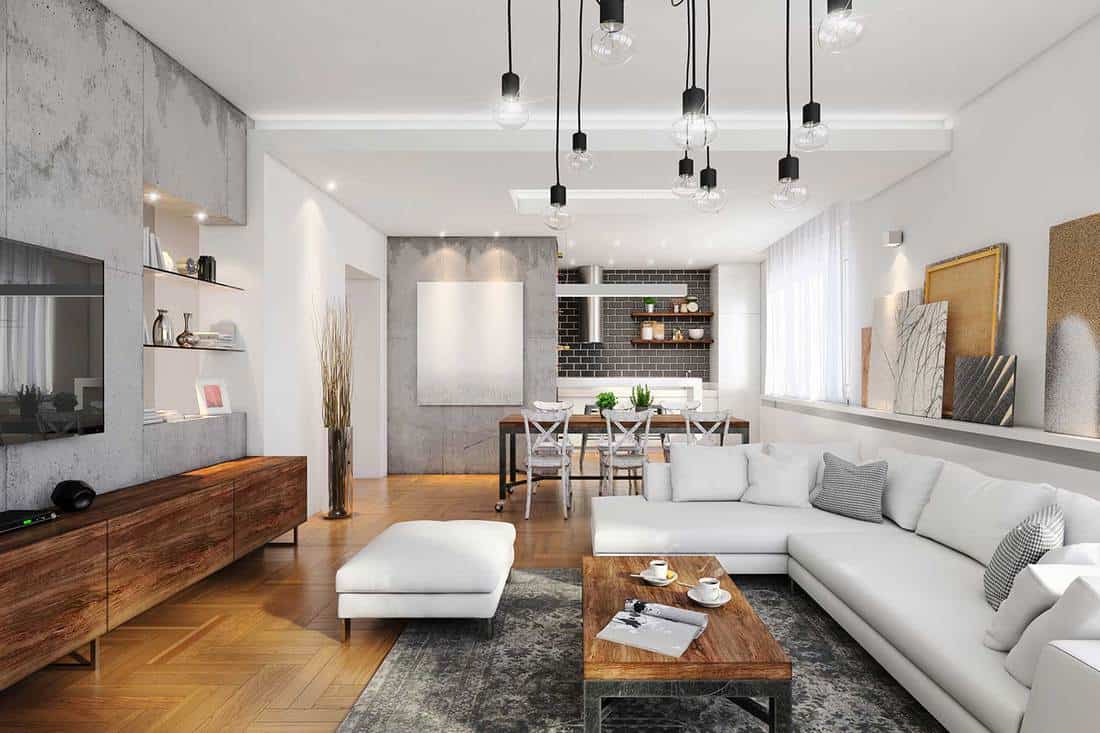
Accent lighting uses recessed lighting to showcase artwork or some other object of importance. In this home, recessed accent lighting illuminates the glass-shelved display area to the right of the fireplace. As you can see, the rule of even spacing dictates this two-light application. If only one light were used, it would be placed in the center.
How Do You Align Recessed Lights?
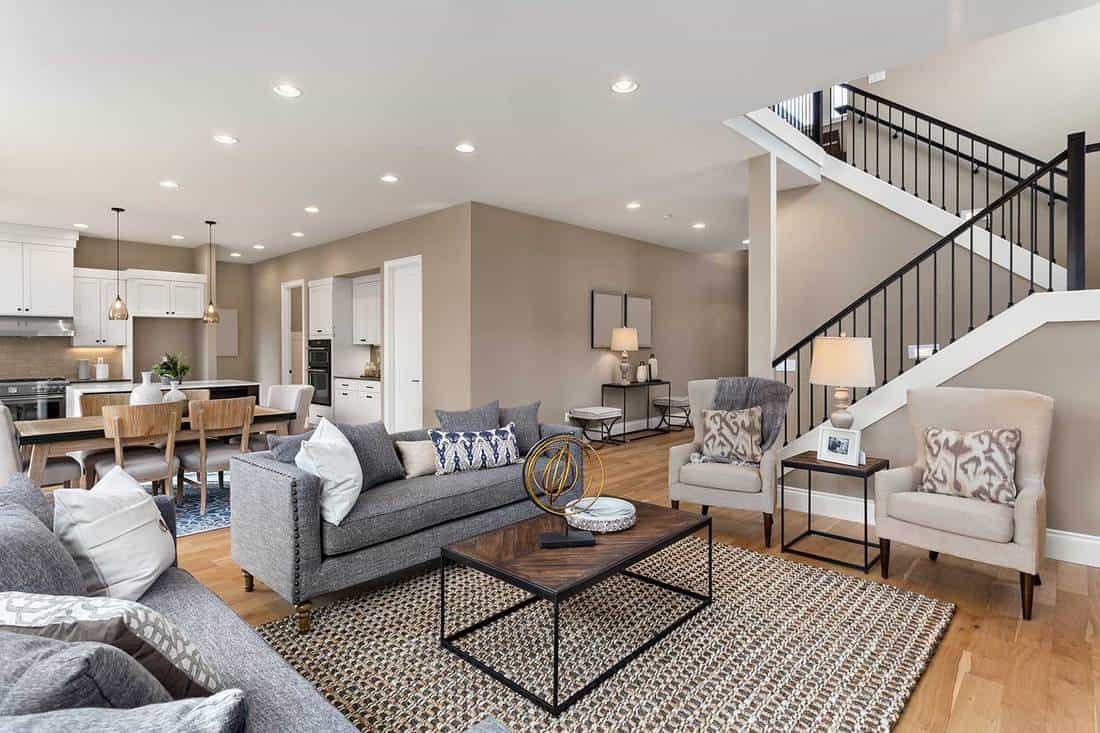
Though you might think lights align by where your furniture sits, that's not the case when it comes to recessed lighting. You want to be far more intentional when you plan this type of overhead light. To align recessed lights, think of your ceiling or surface as a rectangle or square. Draw parallel lines down the length of it and place your lights at even intervals on those lines.
In this lovely living room pictured above, the lines extend from the living room into the kitchen. The lights coming in from the hallway beyond the stairs intersect the main rooms lights.
How Far Should Recessed Lights Be From Each Other?
Great, now we know to lay them out on a grid, but how much room should there be around each light? This figure makes a difference when it comes to even lighting. According to Home Depot, the right measurement is half of your ceiling height. For example, if you have nine-foot-tall ceilings, you'd leave four and a half feet between lights. Of course, in a kitchen, where some of your light is task lighting, this number might be smaller as you'll need more light directed toward countertops and work areas.
You also want to be sure to keep your recessed lights at least three feet off the walls. This will prevent shadows from casting and create uncomfortable lighting.
How Many Can Lights For A 12 x 12 Room?
Now it's time for math. If you have a 12 x 12 room, how many lights will you need? Going by the adage of distance obtained by dividing the ceiling height in half, it could vary a bit. Let's say your ceiling height is eight feet tall. Your lights will need to be four feet apart. This means you'll have two lines of lighting with four feet between and four feet on other side for a total of twelve.
If you were to draw imaginary lines on the other side of the square, the point where they meet is where you need lights. So, for a 12 x 12 room, you'll need four recessed lights.
Can You Have Too Many Recessed Lights?
Lighting affects our mood. And just as one can have too little light in a room, you can also have too much. According to one design firm, many builders and contractors might get overzealous when adding recessed lighting. This can leave your room feeling more like a commercial office building than a cozy living room.
One way to help with this concern is to add dimmer switches to any lighting you add. This allows you to control the amount of lumen output to match the time of day or mood. Check to make sure your lightbulbs and recessed fixtures and switches have dimming options.
Slim dimmable recessed lighting like these on Amazon don't always come with dimmer switches, so be sure to get both so that you're not disappointed.
Click here for this on Amazon.
Dimmer switches typically have some type of sliding lever or button for increasing or decreasing the lumens output of your lighting. They make it incredibly easy to bring up or bring down the light in a room. Here it's below the switch.
Click here for this switch on Amazon.
Remember To Keep Things Symmetrical With Recessed Lighting
Lighting is as much about function as it is about form. This is why it's so important to have the right kind and right amount of lighting in our homes. With recessed lighting, whether you're installing general overhead lighting, specific task lighting, or elegant accent lighting, be sure to go in with a plan. And if you're worried you've gone overboard, then add a few dimmer switches for easy controllability.
If you enjoyed this post here at HomeDecorBliss.com, please check out a few of our other posts that may interest you. We have tons of good home decorating information for you to explore. Here are a few that relate to this post:
Can You Add Recessed Lighting To Existing Ceiling? [And How To]
Can Vs Canless Recessed Lighting – What Are The Differences?
12 Types Of Recessed Lighting [And 4 Types Of Compatible Lightbulbs]




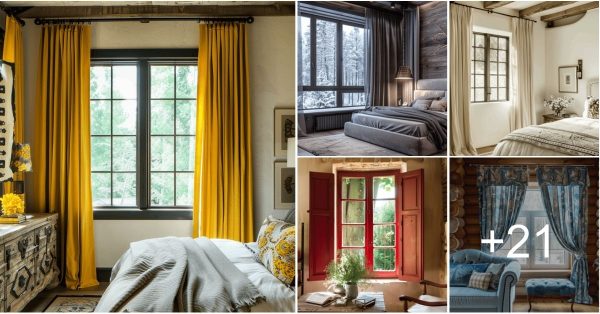
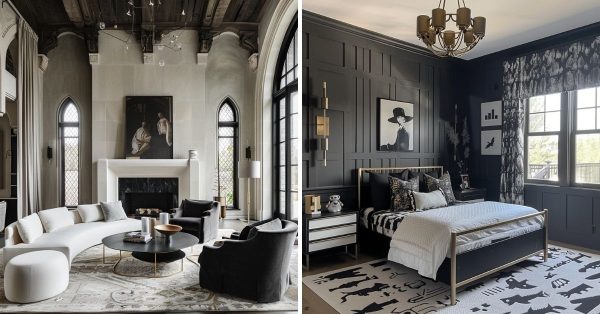
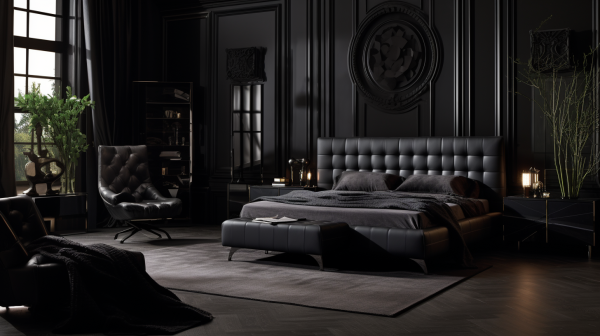
Such great info! What do you do in an old house with beams in the kitchen that are not symmetrical? The lights will be unevenly placed but correct over the counters, in front of cabinets, frig etc? Do I just pretend they are not there?